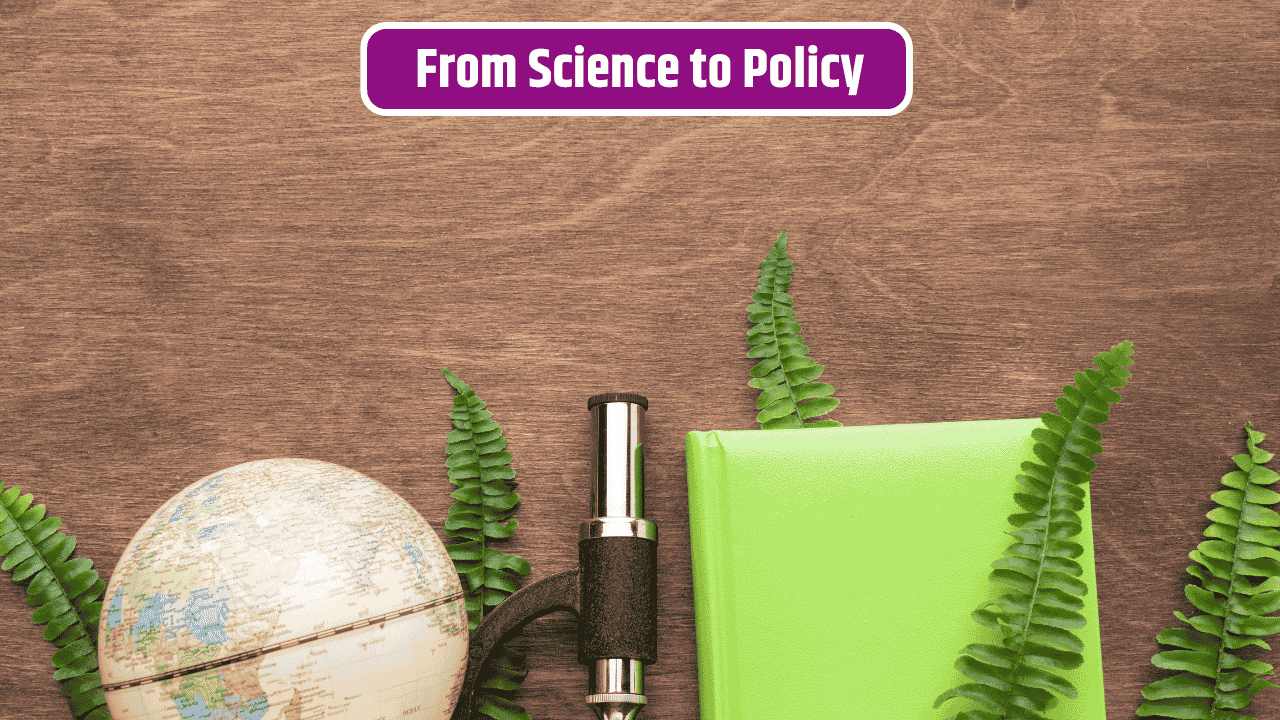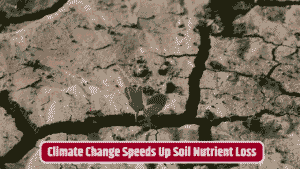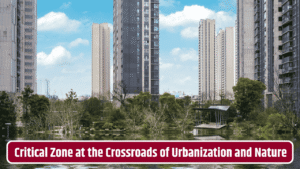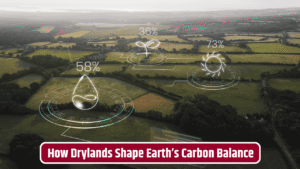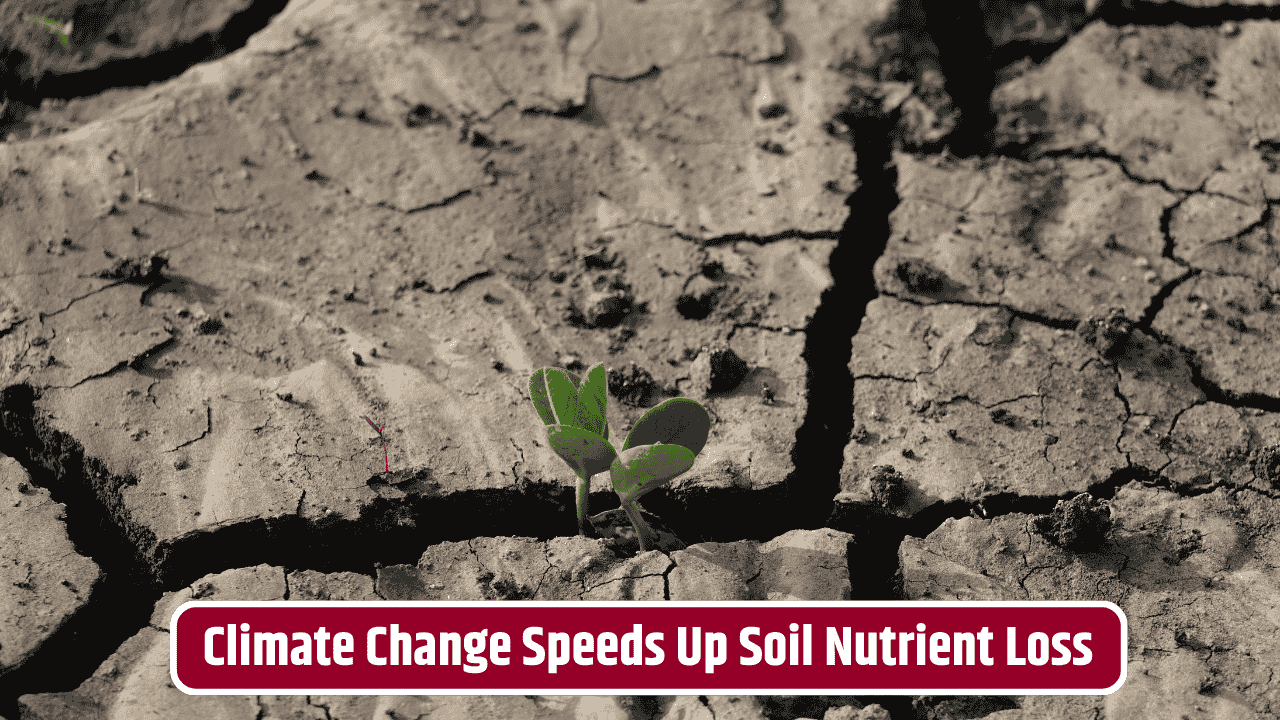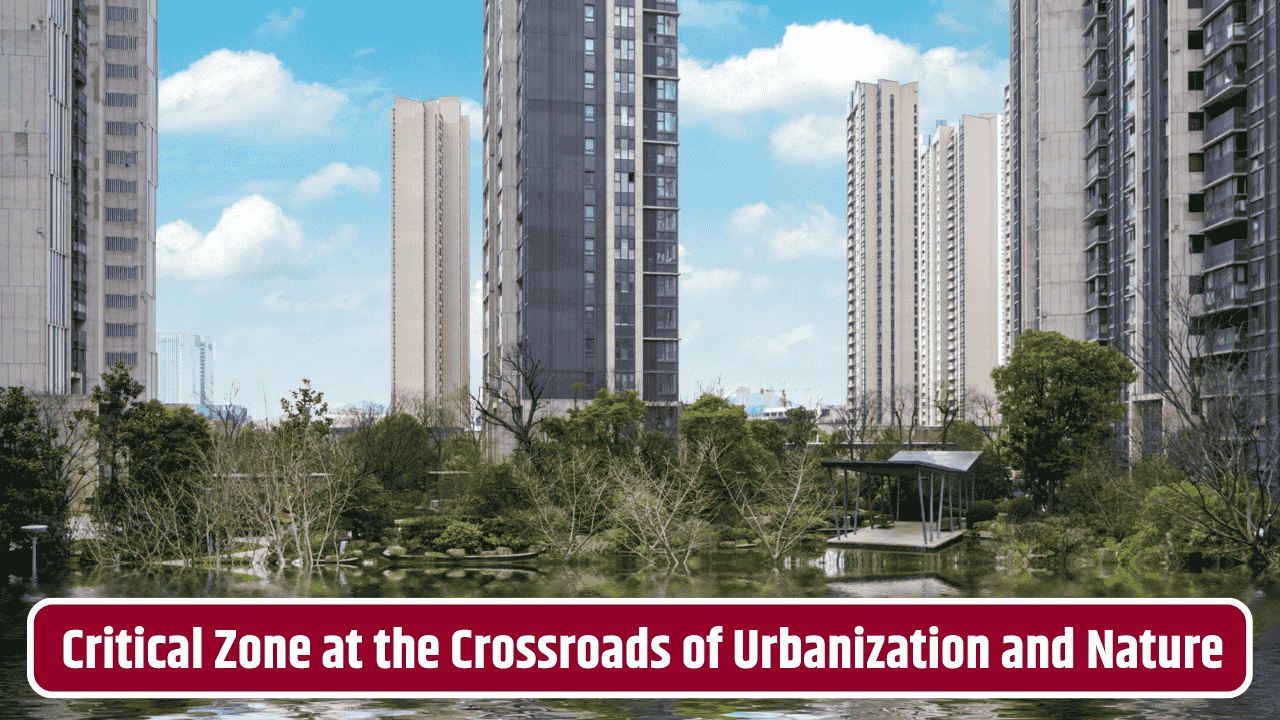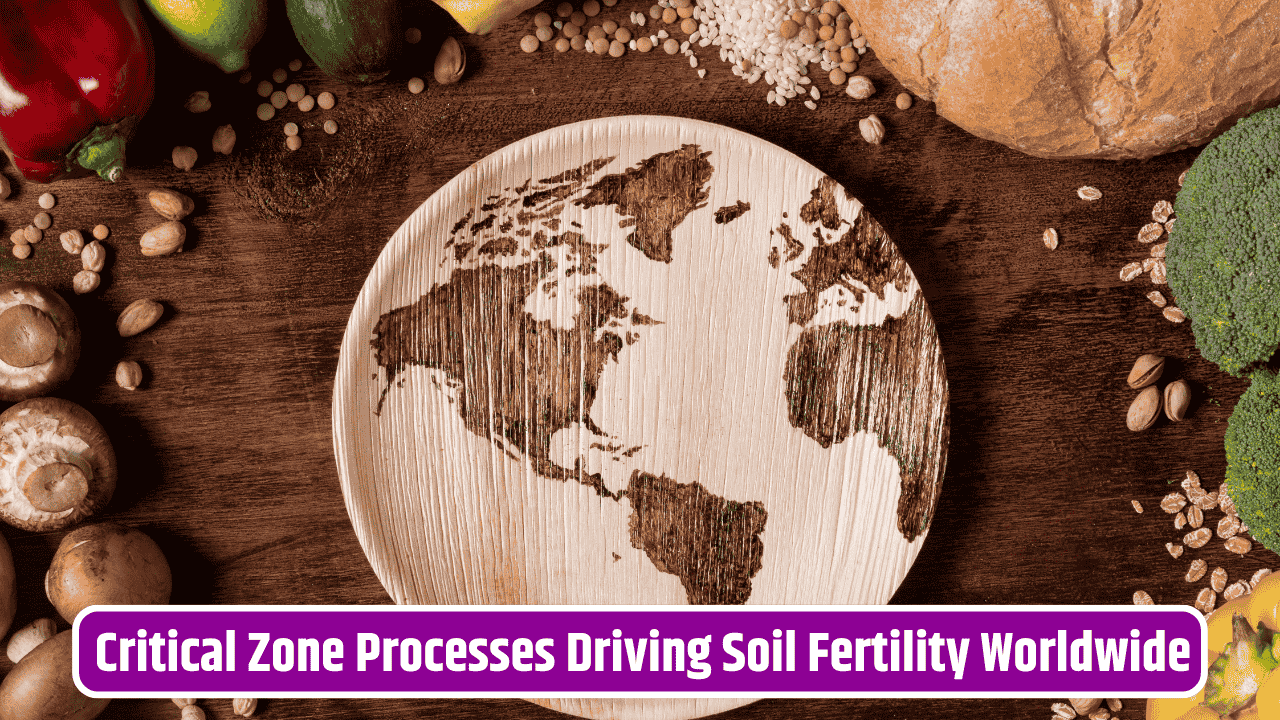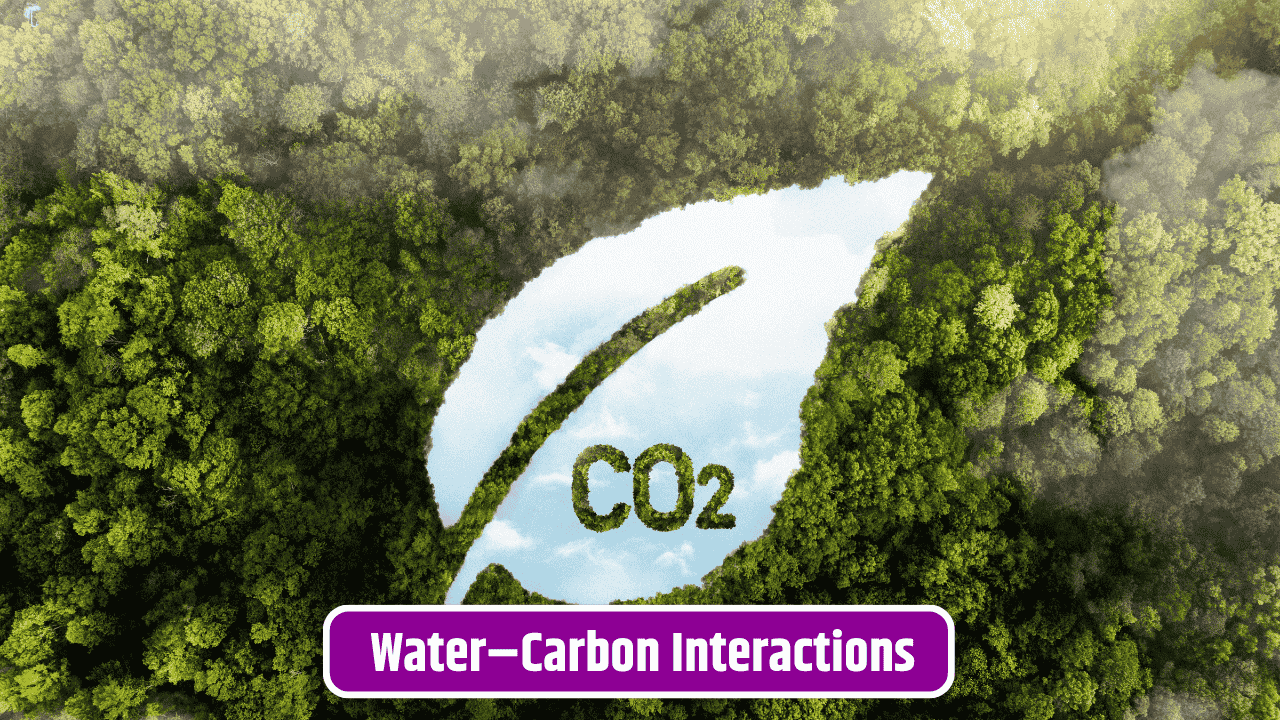Most people don’t think about what’s happening beneath their feet until a sinkhole swallows a road or a drought kills the crops. But there’s a whole branch of science quietly digging (literally) into that invisible space where rock, soil, water, air, and living organisms meet. It’s called Critical Zone science, and while it sounds like the title of a sci-fi series, it’s actually shaping real-world environmental policy in ways that ripple from local farms to international climate talks.
Table of Contents
What Exactly Is the Critical Zone?
Scientists call the “Critical Zone” the near-surface layer of Earth—from the treetops down through the soil and into the bedrock—where life as we know it thrives. Think of it as Earth’s life-support system. It’s where rain turns into groundwater, where roots pull nutrients from soil, and where carbon is stored or released.
Until the early 2000s, this zone was studied in pieces: hydrologists tracked water, soil scientists looked at dirt, ecologists studied plants. But the Critical Zone concept stitched it all together, acknowledging that these systems can’t be managed in isolation. That’s why the U.S. National Science Foundation began funding Critical Zone Observatories (CZOs) to study whole landscapes. Now, similar networks exist in Europe, China, and Africa.
Policy Decisions Rooted in Soil and Rock
Here’s the thing: governments can’t draft meaningful climate or land-use policy without understanding how soil, water, and ecosystems interact over decades. Critical Zone research provides that data. For instance, studies on how soils sequester carbon are feeding into UN climate frameworks and helping countries model their greenhouse gas targets.
Another example—agriculture. In the U.S., Critical Zone research has influenced USDA soil health initiatives, showing policymakers how tilling practices affect erosion, water storage, and long-term productivity. In China, researchers are using Critical Zone data to manage the Loess Plateau, a fragile ecosystem prone to desertification, guiding government reforestation and water management strategies.
Bridging Local and Global Policy
One of the strengths of Critical Zone science is that it scales. Local watershed studies can inform how a small town manages drinking water safety. At the same time, global models draw on Critical Zone data to understand how climate change shifts water cycles and soil fertility worldwide.
The European Union has leaned heavily on these findings for its Soil Strategy for 2030, aiming to protect and restore soils across member states. Without that base science, policymakers would be navigating blind.
Here’s a quick look at how research filters into policy:
| Critical Zone Focus | Policy Application | Example |
|---|---|---|
| Soil carbon storage | Climate targets & carbon markets | UNFCCC, EU Soil Strategy |
| Groundwater recharge | Water rights & agricultural planning | Western U.S. drought policies |
| Land degradation | Restoration & reforestation programs | China’s Loess Plateau projects |
| Nutrient cycling | Farming regulations | EU Common Agricultural Policy updates |
Why It Matters Now More Than Ever
Climate change has made the Critical Zone’s fragility painfully clear. Prolonged droughts, soil degradation, groundwater depletion—they all stem from stresses on this thin, vital layer. Ignoring it would be like trying to treat a patient without understanding how their organs work together.
The urgency is also economic. Farmers, cities, and industries depend on soil and water security. When policymakers base decisions on robust Critical Zone science, they’re not just “going green”—they’re safeguarding food supply, reducing disaster risk, and ensuring long-term resilience.
Fact Check
Is Critical Zone science really influencing policy? Yes. Multiple government and international organizations—from the NSF’s Critical Zone Collaborative Network to the European Commission—explicitly cite Critical Zone data in policy frameworks. While the term might sound niche, its practical applications are already embedded in soil health programs, climate adaptation strategies, and sustainable land-use policies worldwide.
FAQs
Why is it called the “Critical Zone”?
Because it’s the Earth’s most vital and fragile interface—the place that supports almost all terrestrial life.
Is this just soil science by another name?
Not exactly. Soil science is a big part of it, but Critical Zone science integrates geology, hydrology, ecology, and even atmospheric processes.
How does it impact the average person?
Cleaner water, healthier food, more resilient farmland, and fewer natural disasters. You might not hear the term often, but you feel its effects.
Which country are leading in this field?
The U.S., China, France, and Germany have major research networks, but more nations are starting to invest.
Can Critical Zone research help with climate change?
Absolutely—it’s central to understanding carbon cycles, water resilience, and ecosystem stability, all of which are tied to climate policy.

